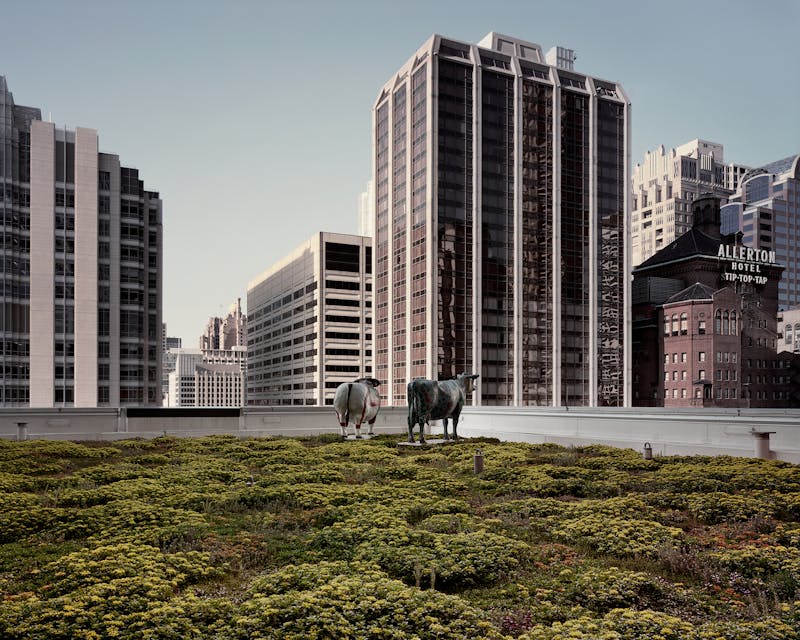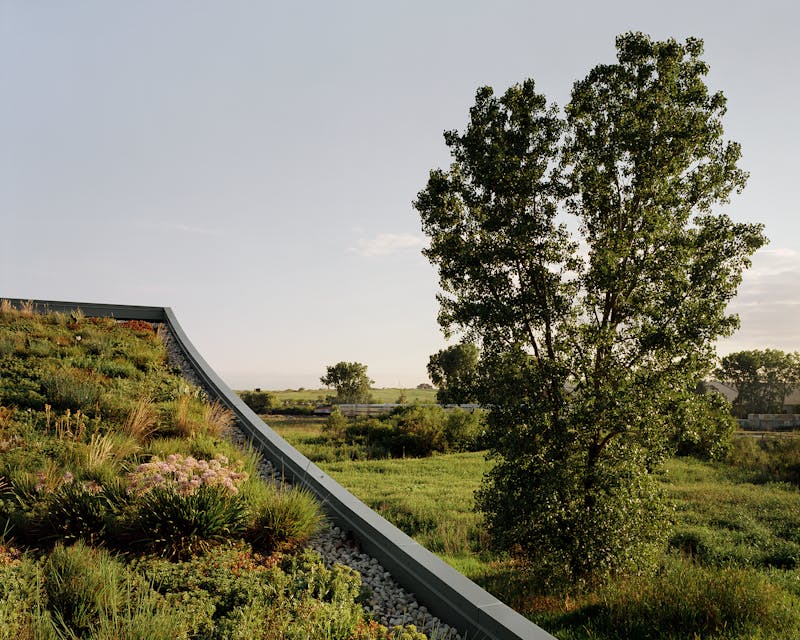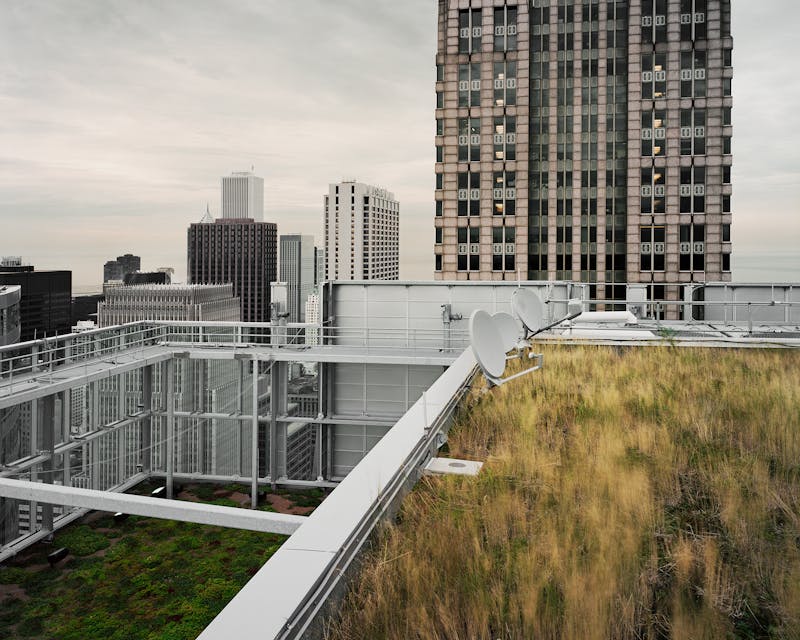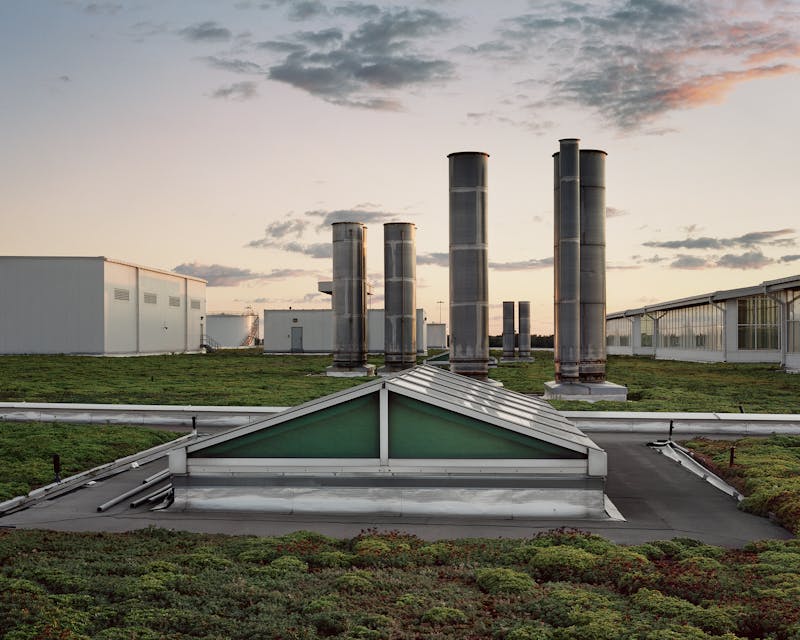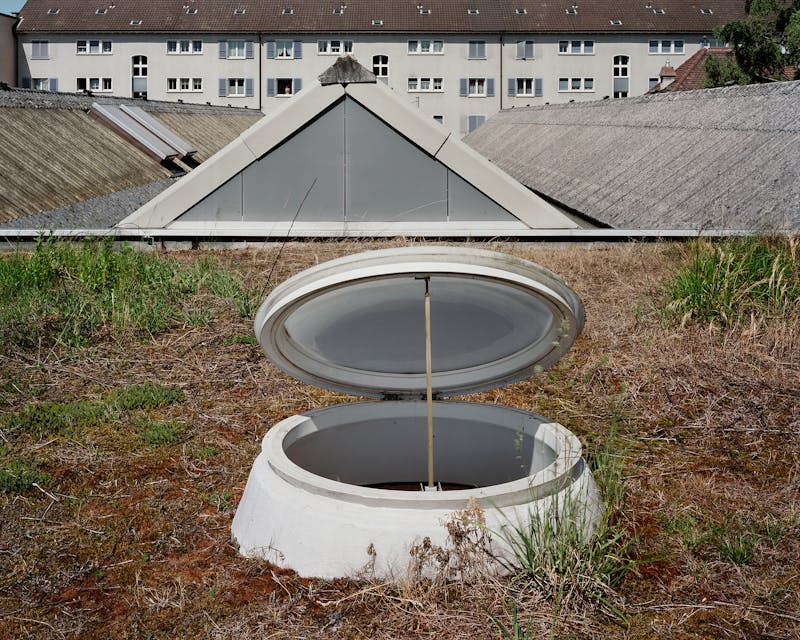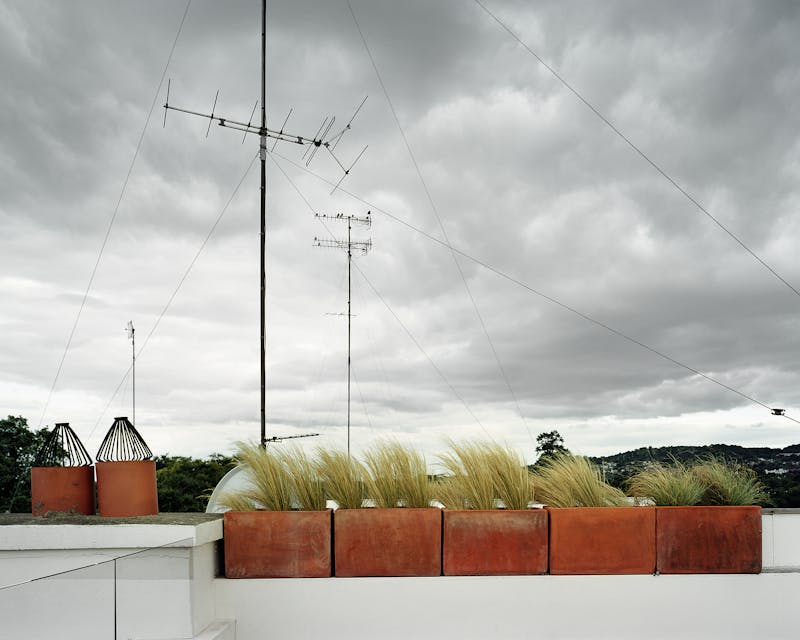City life is hot. Baked by the sun, buildings and roads exhale heat at night, raising urban temperatures by up to 22 degrees. The infrastructure that makes cities so attractive to the billions of people who live in them—the subway cars, street kiosks, air conditioning— belch out more warmth. And it’s only supposed to get worse.
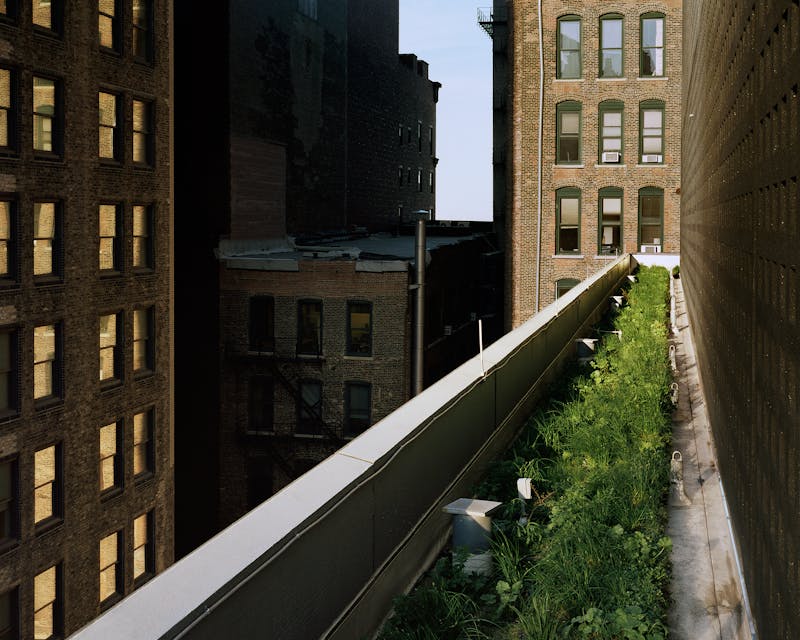
By 2050, 2.5 billion more people are projected to leave the countryside for the city; in the United States alone, urban land will more than double by 2100. Faced with what scientists call “the urban heat island effect,” cities around the world are encouraging the development of roof gardens. These blankets of wildflowers, grasses, and sometimes even vegetables reduce water runoff, absorb carbon dioxide, and lower temperatures. Chicago is home to the world’s largest rooftop farm: The two acres of land atop a soap factory supply a million pounds of vegetables a year.
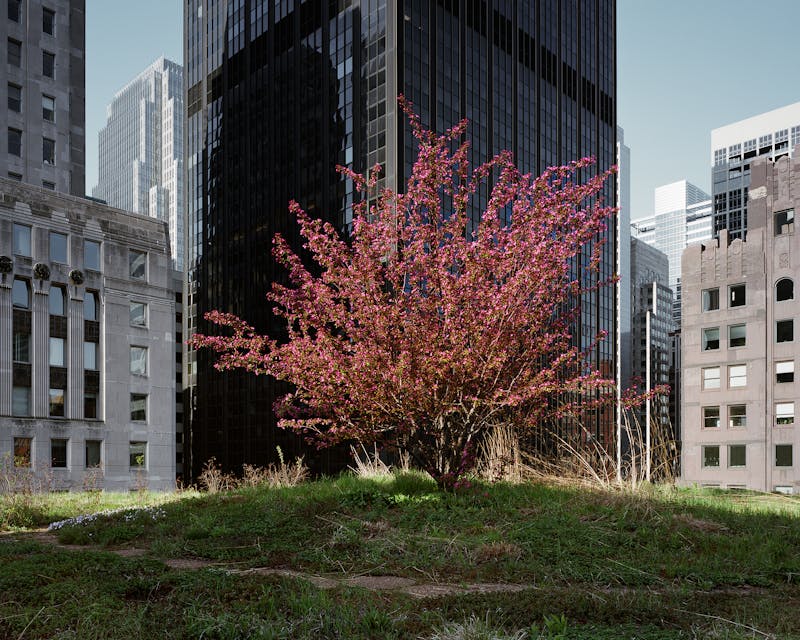
These emerging green spaces show how the clash between urban and rural is not always one way: Sometimes, maybe not often enough, it is nature that finds a way to sprout amidst humanity’s great constructions.
